First of all, there is no surprise here. When you say resizableImage, you make a new image. It is no longer the image you got from the asset catalog, so it has lost the automatic linkage / dynamism that makes an image change automatically to another image when the trait collection changes.
Second, that doesn't matter, because you can create that linkage with any two images (that are not in the asset catalog). You do that by way of the UIImageAsset class.
So here's a working example. Imagine that Faces is the name of a pair in the asset catalog, one for Any, one for Dark. I'll extract each member of the pair, apply resizable to each one, and then join the new pair together as variants of one another:
let tclight = UITraitCollection(userInterfaceStyle: .light)
let tcdark = UITraitCollection(userInterfaceStyle: .dark)
var smiley = UIImage(named: "Faces", in: nil, compatibleWith: tclight)!
var frowney = UIImage(named: "Faces", in: nil, compatibleWith: tcdark)!
let link = UIImageAsset()
let insets = UIEdgeInsets(top: 30, left: 30, bottom: 30, right: 30)
smiley = smiley.resizableImage(withCapInsets: insets)
frowney = frowney.resizableImage(withCapInsets: insets)
link.register(smiley, with: tclight)
link.register(frowney, with: tcdark)
Or in Objective-C:
UITraitCollection* tclight = [UITraitCollection traitCollectionWithUserInterfaceStyle:UIUserInterfaceStyleLight];
UITraitCollection* tcdark = [UITraitCollection traitCollectionWithUserInterfaceStyle:UIUserInterfaceStyleDark];
UIImage* smiley = [UIImage imageNamed:@"Faces" inBundle:nil compatibleWithTraitCollection:tclight];
UIImage* frowney = [UIImage imageNamed:@"Faces" inBundle:nil compatibleWithTraitCollection:tcdark];
UIImageAsset* link = [UIImageAsset new];
UIEdgeInsets insets = UIEdgeInsetsMake(30, 30, 30, 30);
smiley = [smiley resizableImageWithCapInsets:insets];
frowney = [frowney resizableImageWithCapInsets:insets];
[link registerImage:smiley withTraitCollection:tclight];
[link registerImage:frowney withTraitCollection:tcdark];
All done. Notice that in the code there is no need to retain any of the objects (link, smiley, frowney).
Now if you insert one member of the pair into, say, an image view, it will change to the other automatically when the user light/dark mode changes:
let tc = self.traitCollection
let im = link.image(with: tc)
self.imageView.image = im
I'll switch back and forth between light and dark mode to prove that this is working:

